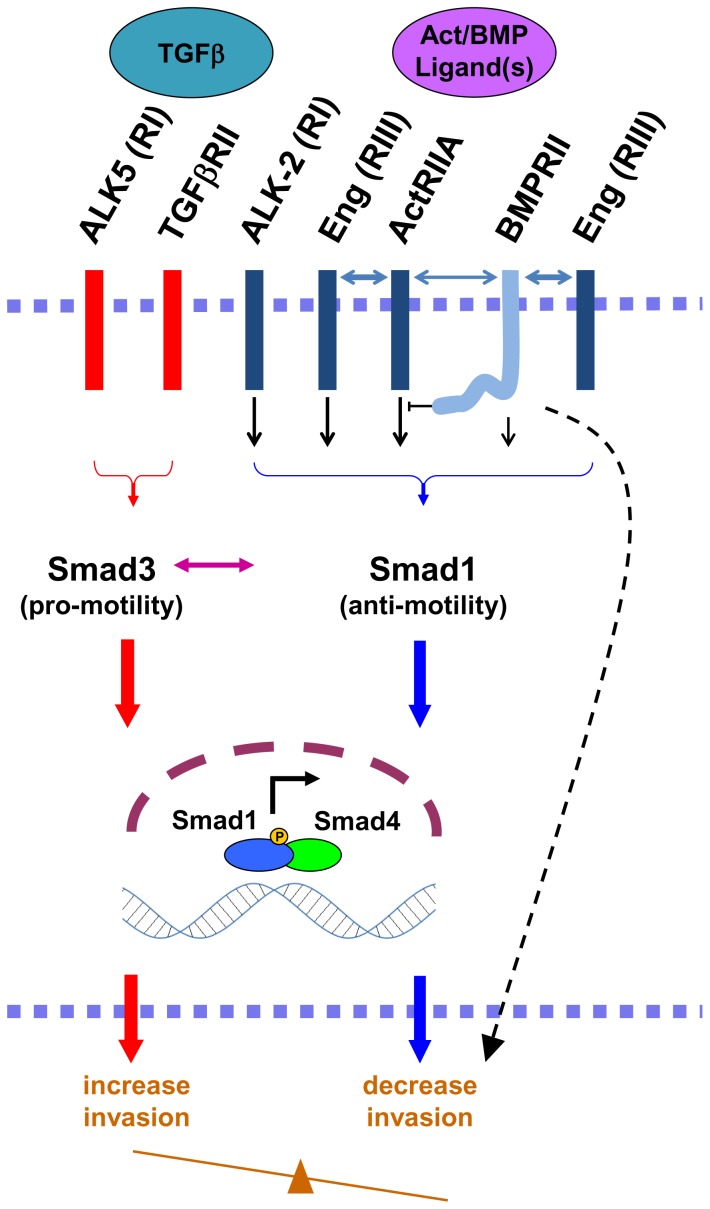Figure 10. Proposed model for the regulation of endoglin-mediated suppression of invasion by ActRIIA and BMPRII.
Based upon our current and prior findings, we propose the model depicted in this schema. A ligand-stimulated endoglin-ActRIIA-ALK2 signaling axis promotes Smad1 signaling to decrease the invasiveness of PCa cells. BMPRII is simultaneously required through additional, noncanonical regulatory elements (depicted as a dashed arrow). See text for expanded discussion. BMPRII plays a bimodal role in Smad1 signaling, promoting it via the kinase domain while inhibiting it in a tail-domain-dependent manner, potentially through a tail-domain-interacting protein or by direct interaction with ActRIIA. Endoglin physically interacts with both ActRIIA and BMPRII, and BMPRII interacts with ActRIIA in the absence of endoglin (bidirectional arrows). Previous work from our group has demonstrated that TGFβ signals through Smad3 to promote PCa invasion, that the balance between Smad3 and Smad1 regulates motility and invasion, and that endoglin acts as a gatekeeper in this regard.

